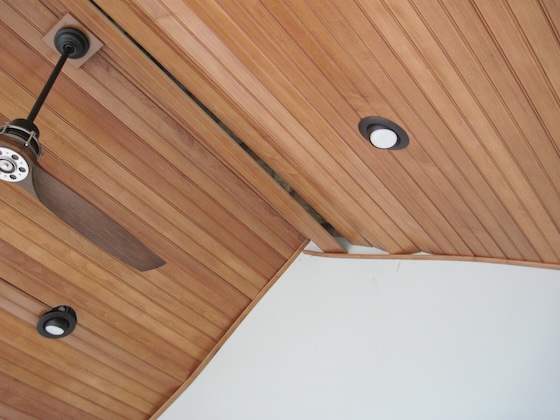
Insulating your attic is one of the most crucial home improvement projects you can undertake, so today we will discuss it further.
Attic insulation can save money on energy costs. Heat rises, and without adequate insulation it can easily escape through your roof, leaving your home cold and drafty. Insulation acts as a barrier, trapping heat inside and preventing it from leaving through its ceiling or roof vents.
But that isn’t all – attic insulation can also keep your home cooler during the hotter summer months by blocking sunlight from penetrating roof surfaces and heating them up, thus helping prevent your home from turning into an oven during those scorching temperatures.

If you are ready to undertake this crucial project, here are a few pointers that may help:
Before adding insulation to your attic, it’s essential that you assess what insulation there already is. Take note of your current insulation levels – if floor joists can be seen through it, that indicates too little insulation has been installed – as well as its condition: old and deteriorated insulation should likely be removed and replaced as soon as possible.
Select an insulation material: There are various kinds of insulation materials to consider when selecting insulation material for your home or building project, including fiberglass, cellulose and spray foam insulation. While fiberglass may be more cost-effective in terms of filling gaps and cracks quickly and eco-friendily than cellulose is when it comes to filling larger ones; spray foam provides the highest insulation value and acts as a moisture barrier, too.
Calculate How Much Insulation You Need: Your insulation requirements depend on several factors, including the size and type of attic insulation chosen. The Department of Energy generally suggests an R-value of at least R-38 as an ideal target value; however, this number could change based on climate zone considerations.
Before adding insulation, it’s essential to seal all air leaks in your attic. These air leaks could include gaps around pipes, ductwork and chimneys as well as those along the edges of your attic floor – caulk or spray foam is often used to fill these spaces and stop air escaping from escaping into space.
Always Wear Protective Gear: Due to the itchy nature of insulation, it’s essential that when installing it you wear protective clothing such as long sleeves and pants, gloves, and a respirator mask.
Be Safe: When working in your attic, be sure to adhere to safety guidelines. Use a sturdy ladder and check that it’s secure before climbing up. Also take caution not to step on any wires or ductwork and avoid walking on areas without solid surfaces.
Install Insulation Correctly: When installing insulation, always follow the manufacturer’s instructions closely. Utilizing a ruler or straightedge, cut insulation to size before using staple gun or wire to secure its position – being careful not to compress the insulation as this could decrease its effectiveness.
Keep the above advice in mind to insulate your attic efficiently and create a more comfortable, energy-efficient home. Insulating is one of the best investments you can make for your property; don’t put off starting this important task any longer!





More Stories
Roof Repair or Replacement: Choosing for Your LA Home
Read More
Ventura County Kitchen Remodel Costs